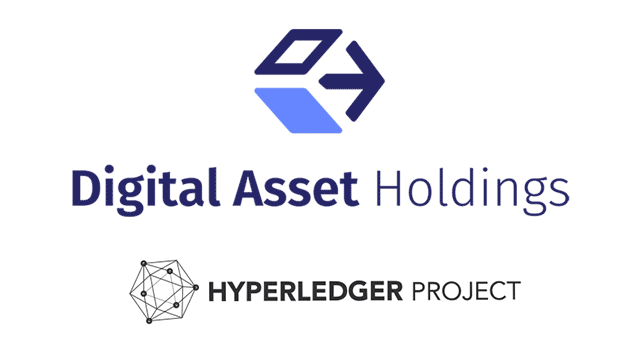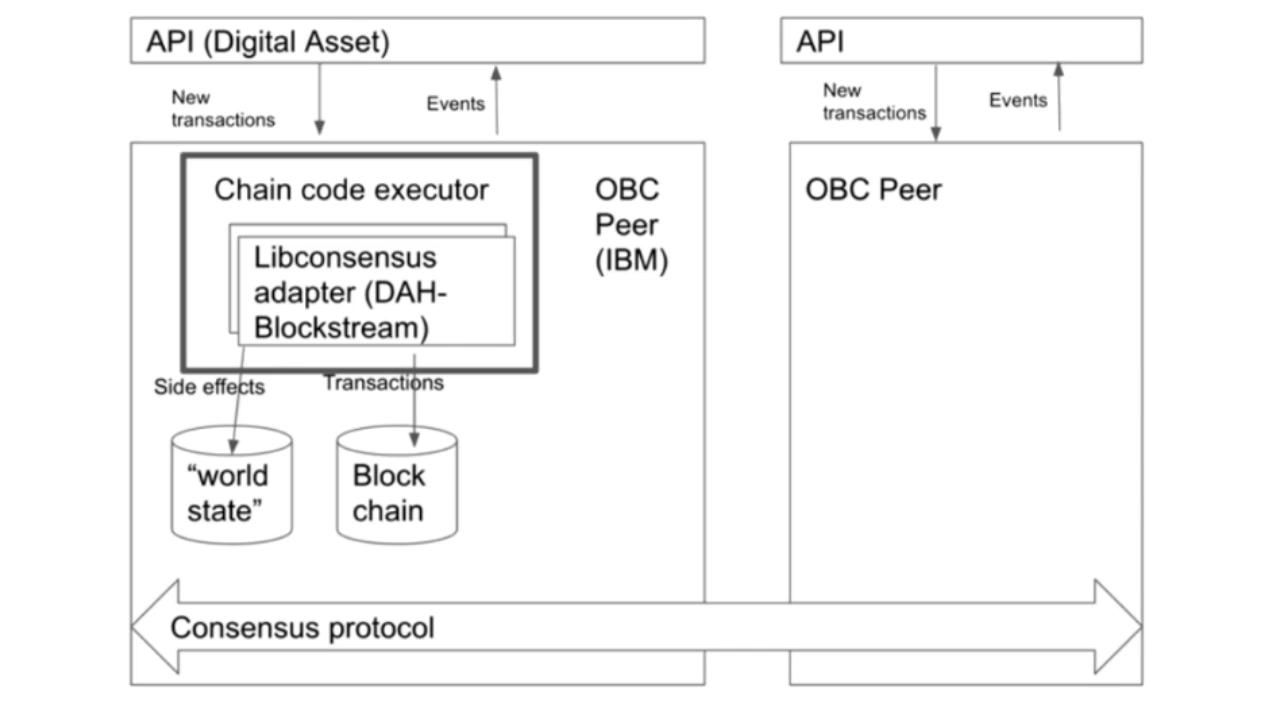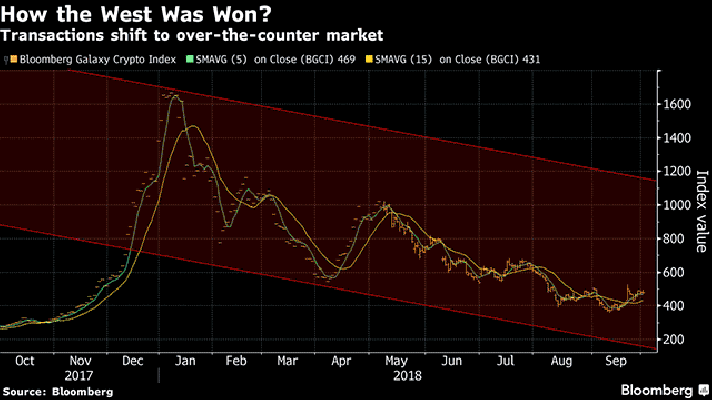Digital Asset Contributes an Enterprise Blockchain Server to Hyperledger

“The system of ledgers is nothing new,” so says Tamás Blummer, Chief Ledger Architect at Digital Asset Holdings (DAH). During the presentation at a recent Hyperledger meetup in NYC, Tamás talked about his perspective on Hyperledger and provided an overview of Digital Asset’s contribution to the project.
The Hyperledger Project (HLP) is Linux Foundation’s collaborative project that aims to develop an open distributed ledger platform. (You can learn about how Hyperledger’s Technical Steering Committee works from our recap of the face-to-face HLP meeting.)
What needs to be automated?
According to Tamás, financial institutions have been using ledgers for quite some time and would most often be copied and reconciled through manual processes. These same processes are what keeps the financial system stable.
Tamás points out that the purpose of the HLP is to modernize and digitize the entire ledger system while also adding new technology to match evolving requirements.
The question implied by Tamás was, “What needs to be automated in a contract?”
Here, it’s implied that a contract is any business interaction within the ledger. He goes on to discuss a few key points in this area:
Formalization. A problem now is finding “definitions for business interactions even more precise than they are captured by contracts in the regular language.” There is a need to come up with a standard format for recording business interactions.
Extent. How much of the contract should be automated?
Simple. Stick to trivial mapping like that of ownership data.
Complex. We can have smart contracts where, “we are able to deploy entire workflows to the ledger and the ledger executes those workflows.”
In-between. The system doesn’t have to be “either/or.” You can express trivial properties in the ledger with “simple tool constructs” and on the extreme, you can deploy “turing complete languages in the blockchain.”
Simple over complex
When it comes to the extent of automation, “Digital Assets is leaning more towards the first solution and for very practical reasons.” Being limited to simple automation allows the ledger to highlight some very important traits which include:
Auditability. Sticking to simple automation means you can audit the entire ledger just by reviewing the content of the transactions. “Auditability is one of the reasons why financial services are interested in the blockchain in the first place.”
Scalability. Implementing UTXO in Bitcoin where you have a reference to the previous token means you can garbage collect transactions that you no longer need. This allows for simple optimizations in scalability.
Accessibility. If the ledger is simple, it will be easier to deploy contributions from other groups in the HLP such as Blockstream who specialize in encryption.
Simple but smart
There’s a case to be made that simple contracts can also be smart contracts.
“It doesn’t mean that we don’t need or we don’t use smart contracts. It just means we are restricting ourselves at this very moment to very trivial things.”
—Tamás Blummer, Chief Ledger Architect, Digital Asset Holdings
“If you think about a multi-signature—a signature with multiple parties—that’s actually already a smart contract because it sets a Boolean condition that checks the signatures,” says Tamás “Executing those checks and putting them into a Boolean construct is a smart contract just trivial.”
Digital Asset’s contribution to the HLP
Currently designated as the “HLP-Candidate” by DAH, this contribution in intended to meet enterprise architecture requirements as seen by individuals who have decades of experience in the financial institution.
“Digital Asset’s contribution is a highly configurable enterprise blockchain implementation that has Bitcoin compatibility and much more. It’s configurable to use different mining algorithms,” explains Tamás as he reveals DAH’s contribution to the Hyperledger project. “The implementation is nearly entirely in Java. 40–50 thousand lines of code in Java and in Scala.”
Some of the current key features include:
The HLP-Candidate derives its transaction process from Bitcoin’s UTXO and has it improved with features and requirements needed in financial services.
The HLP-Candidate is designed to be the lowest level communication and consensus layer and it features an append-only log of financial transactions which can then be replicated by multiple organizations.
The HLP-Candidate has a modular architecture and configurable network architecture. The network is configurable to allow for distinct interoperable consensus groups to have their own functional and nonfunctional requirements.
Tamás goes into more detail explaining the inner workings their HLP-Candidate. “We took the OBC framework that comes with a consensus protocol and storage for the blockchain and the broad state which is a side effect of the transaction. We put in a chain code that is nothing [more] than a wrapper around a modified modules from Blockstream with added features. On top of this stack, we added the API that Digital Asset’s uses to create its higher level stacks.”

He follows up with a summary of DAH’s API, stating, “This API, if you think in ‘crypto-forensic’ terms, is implementing a very sophisticated wallet but not a single wallet. It gives you a very rich set of functions to do all kinds of wallets. It supports the creation of native assets.”
With the API explained, Tamás circles back to finish the overview. “We added this API on top of OBC blockchain and connect it such that we can push in transactions into OBC so you don’t need to use the RPC interface of OBC. You have a very nice Java interface that allows you to integrate with other applications and we extend the OBC so that it is able to pump out events and we suppress these events so you can use this to build a data warehousing application, you could build a cache, and a running index of OBC content.”
Hyperledger resources
Details of the Hyperledger Project can be found on the official website. There are also a GitHub repo, Wiki, and Slack channel.
Related posts:
- Hyperledger Technical F2F Meeting Draws Crowd, Gets Some Work Done
- In a World of Many Networks, Hyperledger Builds on IBM’s Open Blockchain
- Blockchain at IBM InterConnect: Enterprise Deployment
- Technical Introduction to Hyperledger Fabric
Want more details? Watch the full video!
Table of contents
|











